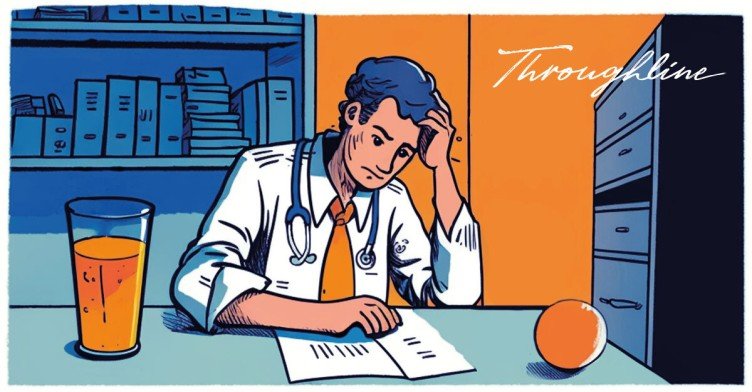
March 16, 2023
Is the juice worth the squeeze? It’s a key question we ask ourselves when debating if the end reward justifies the work required. It would make sense to apply the same logic to understand why doctors choose (or not) to adopt new technologies, devices, or therapies. But as it turns out, the superiority of the product itself is not always the key factor that determines whether it’s a home run with potential adopters.
Theory vs. Reality
The end reward may very well justify the effort needed for uptake in theory, but a strong value proposition does not always translate directly to adoption in reality. The misguided belief that product superiority is the be-all, end-all for attracting consumers, is known as, “The Better Mousetrap Fallacy” (1). Better mousetraps than the V- for Victor traps we all know and recognize have been invented, but they never caught on. The Better Mousetrap Fallacy is a pitfall that happens when solution development is focused disproportionately on the product rather than on the consumer (2).
Exhibit A: a new mobile eye screening program was developed to bring eyecare directly to patients. The value proposition seemed clear: the program would help doctors improve access to and the convenience of screening for patients (3). However, doctors didn’t jump at this opportunity. They felt that the program involved a cumbersome administrative process, which added to their already busy workflows (3). As a result, widespread scale and uptake of the program has yet to be achieved.
High value, low effort
With many qualified competitors and rapid advancements in treatments and technologies, the challenge is working to make both the value proposition high and the effort to adopt low. It’s not enough to solely deliver a product that works well—it must also work well for the consumer. Otherwise, what’s stopping consumers from choosing another solution that offers a similar reward but requires less effort to adopt?
Demand for ease is higher than ever, and the end does not always justify the means, no matter how amazing the reward. This means that value proposition is just as much about the effort to adopt as the end result. So, the next time we’re exploring doctors’ behaviors around adoption, we can indeed ask ourselves, “is the juice worth the squeeze?” But your target adopter might be asking: “Why should I be squeezing at all?”
Insight. Strategy. Execution.
References:
(1) Leiper, N. & Lamont, M. (2011). The better mousetrap fallacy: a case study of the Bali Pathfinder tourist map. J Vacat Mark, 17(2), 95–103. https://journals.sagepub.com/doi/abs/10.1177/1356766710392414?journalCode=jvma
(2) Chauhan, A. & Kar, A. K. (2019). Understanding Barriers to Adoption of Grass-Root Innovations—A Case Study of RUTAG Technologies. Rural Technology Development & Delivery, 115-124. https://link.springer.com/chapter/10.1007/978-981-13-6435-8_7
(3) Nguyen et al. (2022). Perceptions of a Teleophthalmology Screening Program for Diabetic Retinopathy in Adults With Type 1 and Type 2 Diabetes in Urban Primary Care Settings. Canadian Journal of Diabetes, 46, 649-654. https://reader.elsevier.com/reader/sd/pii/S1499267122000430?token=135DEDA80DF829BD6CECEBA2EBBA41B2641AEB324AFFE74C8CBAE9AA280D0FCDBA4A502ED3C32AF75D9BEBD3D10897BA&originRegion=us-east-1&originCreation=20230228194623
For more posts like this, follow us on Linkedin
